Machine learning, AI models: DeepLayers forum coming to Brno next week
|
Are you interested in machine learning and AI models and want to learn from the experiences of others? As part of the nationwide AI Days, the DeepLayers 2025 conference/forum will take place in Brno. The event will last two days, so mark your calendars for November 4 and 5, 2025. The venue is the Institute of Scientific Instruments of the Czech Academy of Sciences in Brno. The first day will be devoted to practical workshops on training deep learning models – individual blocks will be dedicated to data processing, tutorials on working with models, building blocks of deep learning networks, and data augmentation, for example. Beginners and advanced learners are welcome, with the organizers primarily targeting bachelor's, master's, and doctoral students. The second day will feature lectures by professionals from the fields of practice and research. You will learn, for example, about the importance of data quality in the development of software solutions in healthcare, and the extremely topical issue of quantum computing will also be addressed. The complete program of the event can be found here. Filip Plešinger from the Artificial Intelligence and Medical Technologies Group at the Institute of Computer Science of the Czech Academy of Sciences summarized the focus of both days: "The first day is for those who want to compare concepts, fine-tune the basics, and look at model training. On the second day, we will focus on real-life cases from business and academia and discuss how to bring it all to the world: from input data to deployment." Participation in DeepLayers 2025 is free, but registration is required due to the limited number of participants. You can register at the link above. The DeepLayers conference is held regularly and in recent years has become a reliable event connecting industry, research, new experiences... and, of course, those interested in machine learning. 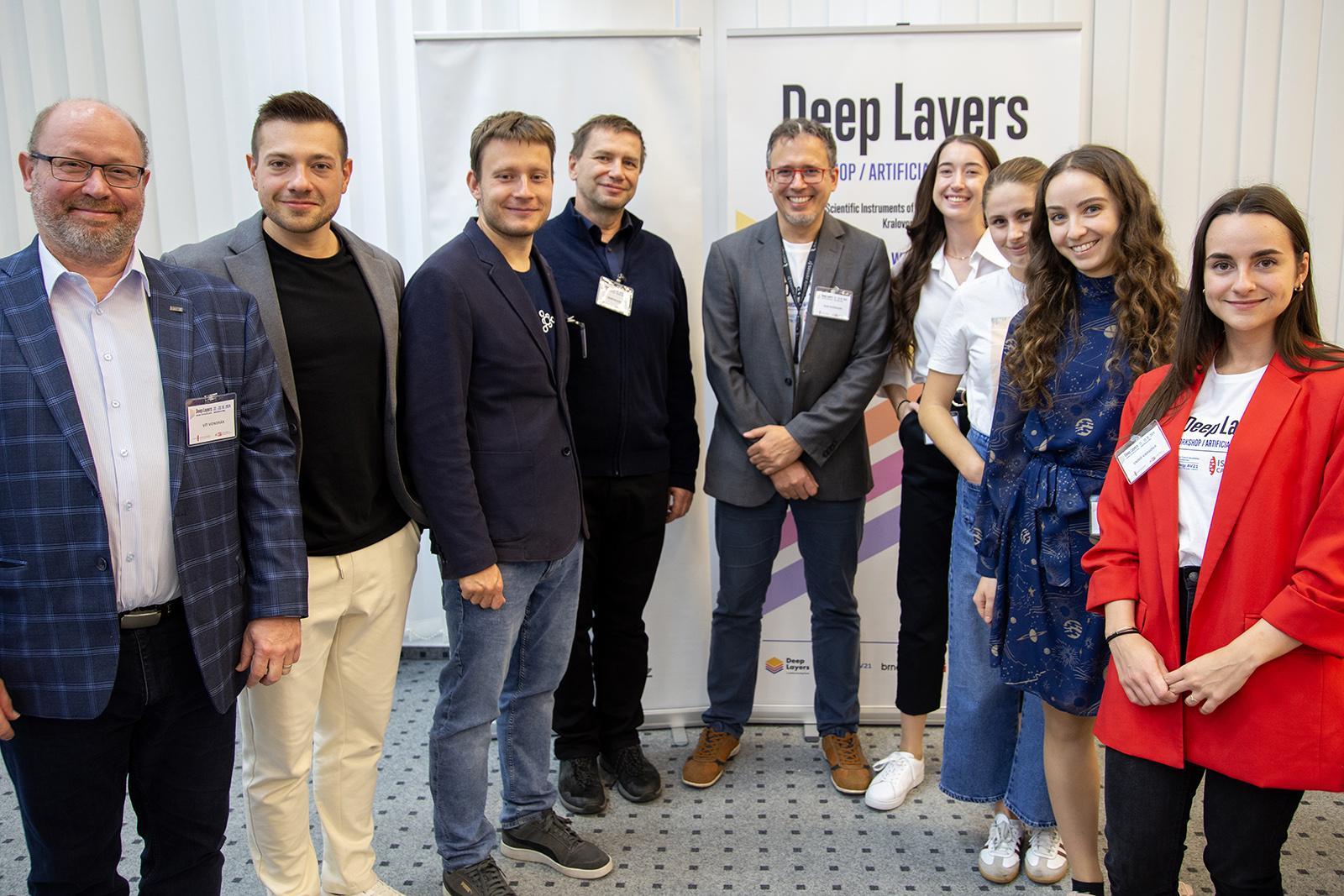 |
![[img]](https://www-dev.fit.vutbr.cz/fit/news-file/d307468/2_DL2023_Bojar_CVUT_1600.jpg)
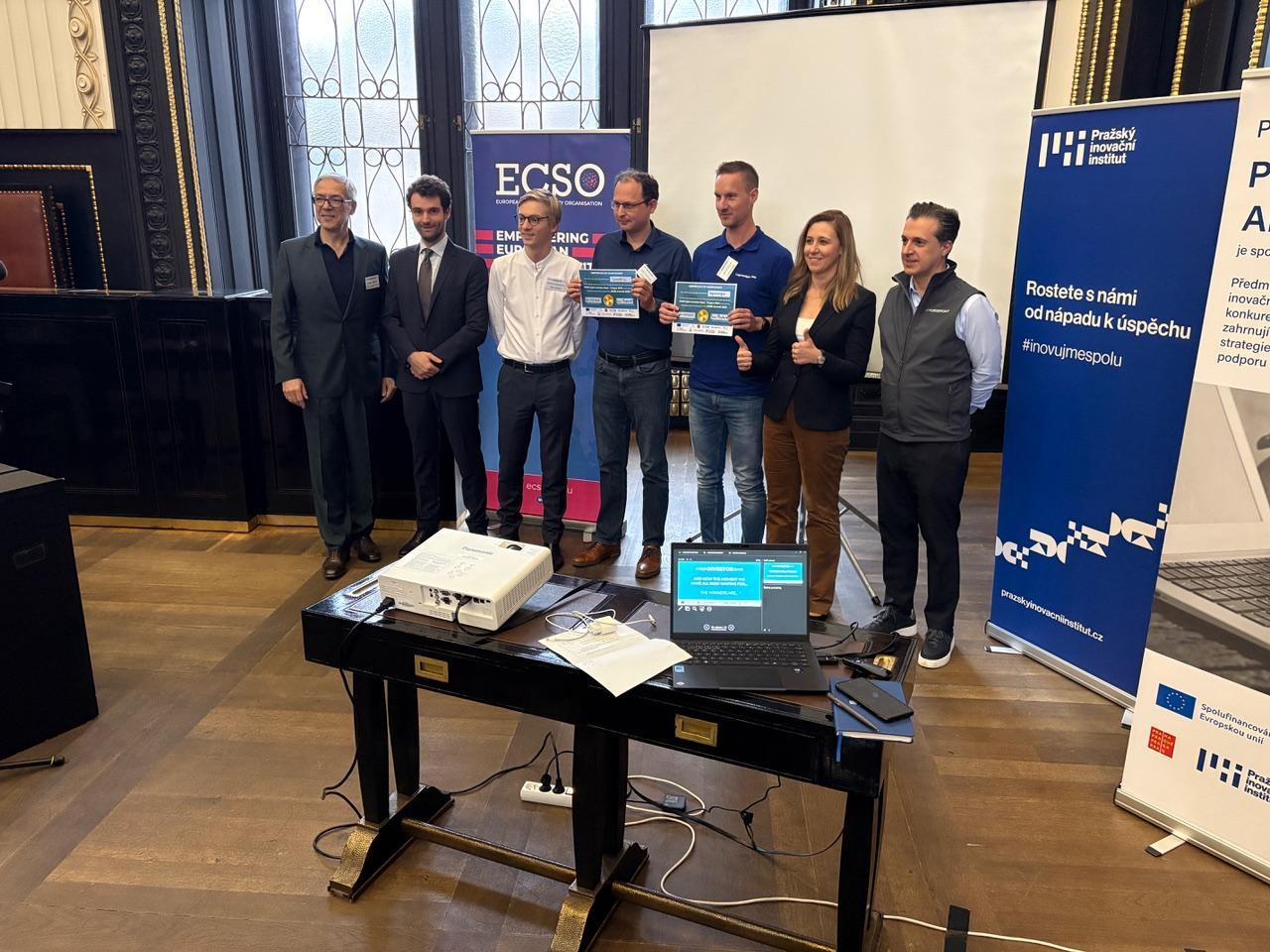
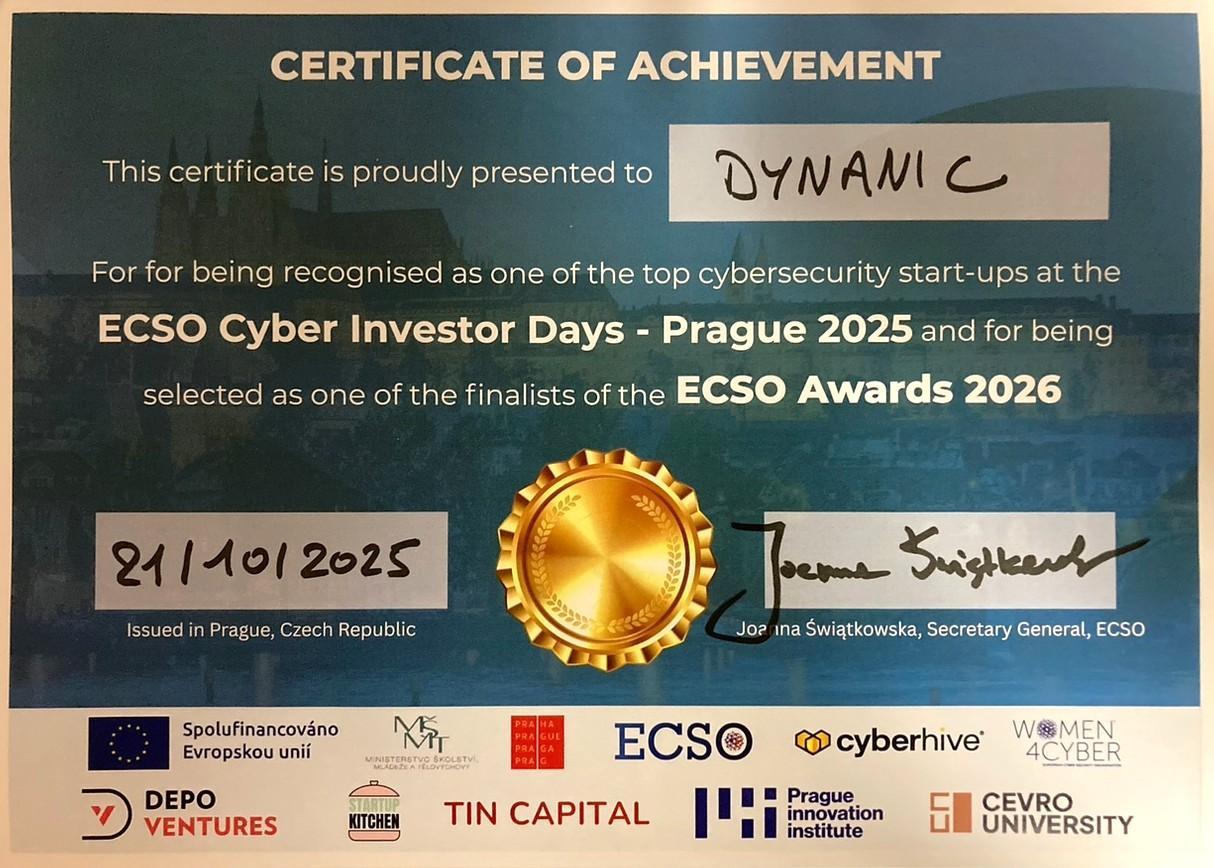
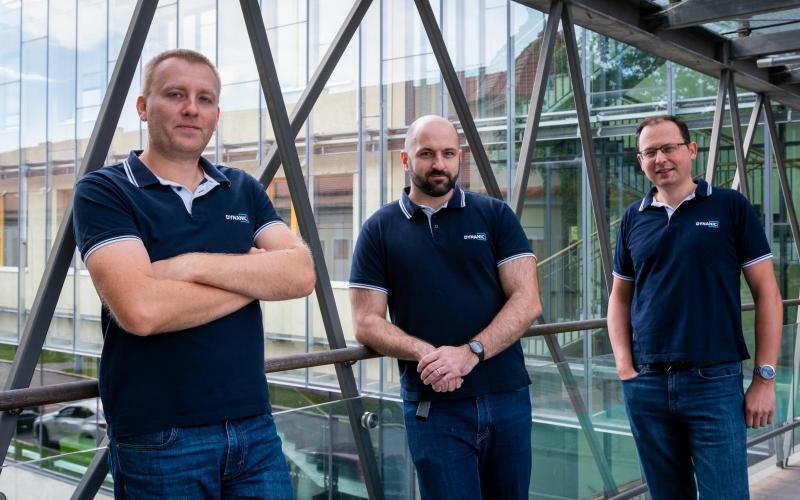
![[img]](https://www-dev.fit.vutbr.cz/fit/news-file/d307241/FBIG_2_1600.png)
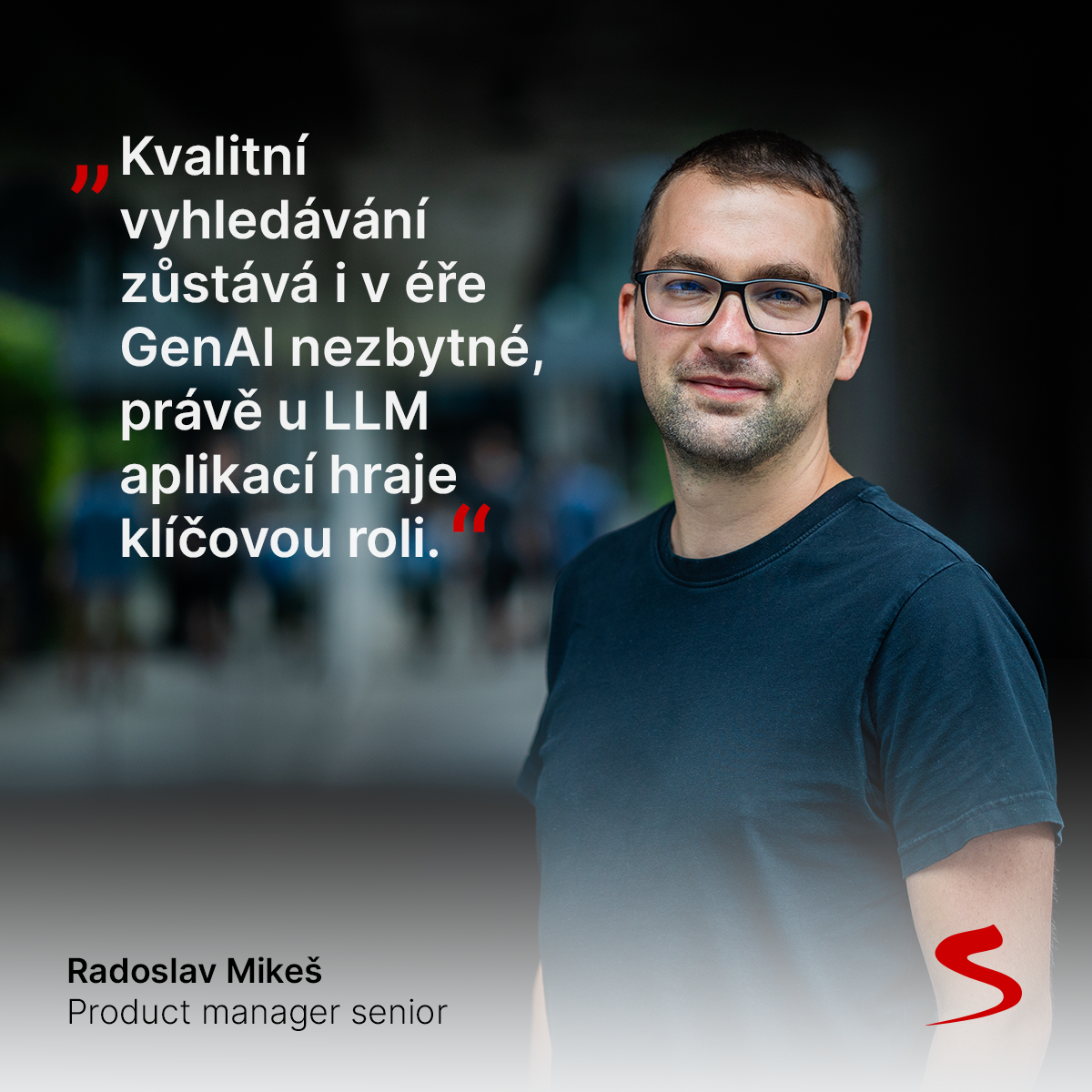
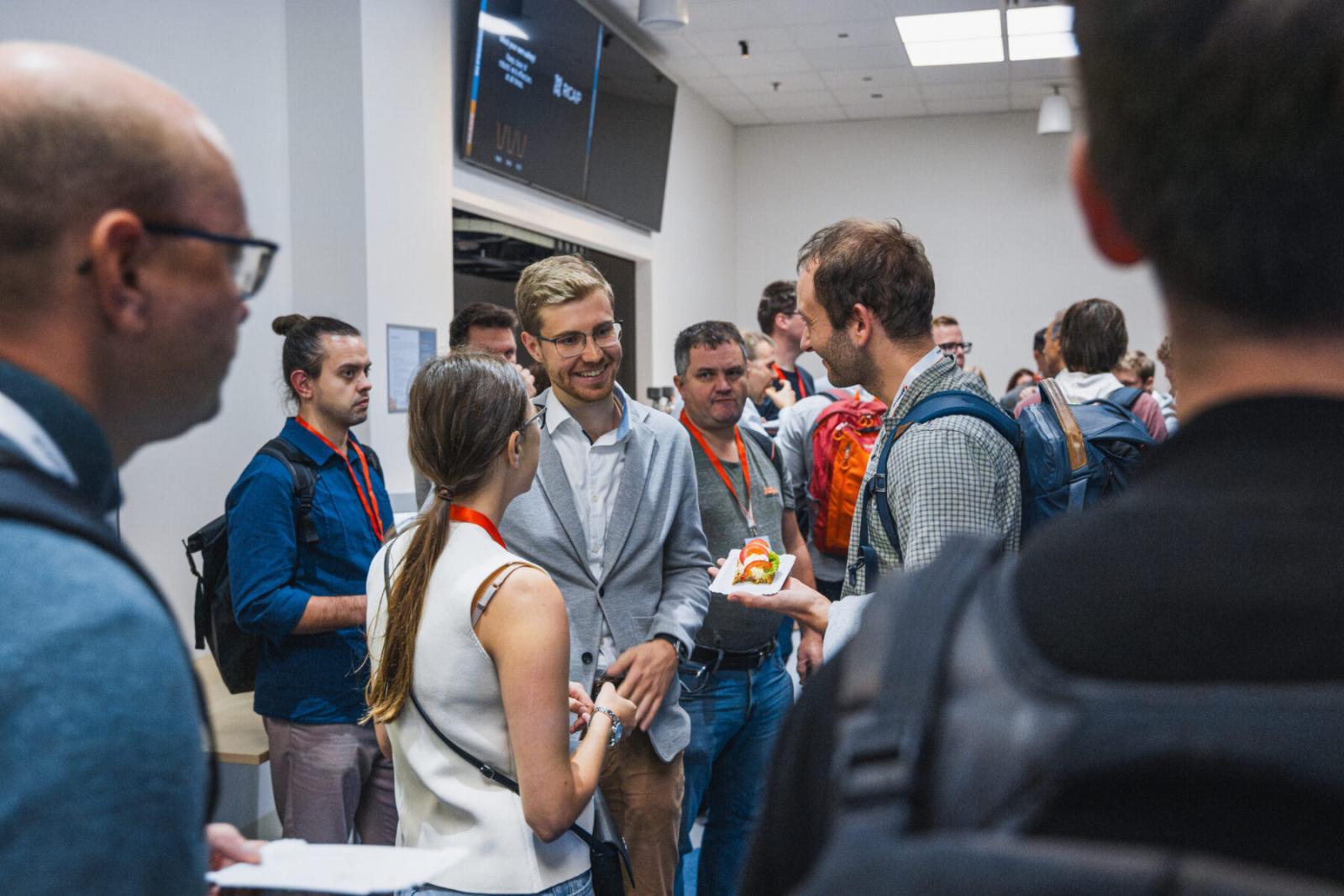
![[img]](https://www-dev.fit.vutbr.cz/fit/news-file/d306903/2510-HR-meetup-LLM-1200x1200_1600.png)
![[img]](https://www-dev.fit.vutbr.cz/fit/news-file/d307196/VUT_CZ_kickoff_1600.png)
![[img]](https://www-dev.fit.vutbr.cz/fit/news-file/d306648/Datas__l_centra_IT4Innovations_1600.jpg)